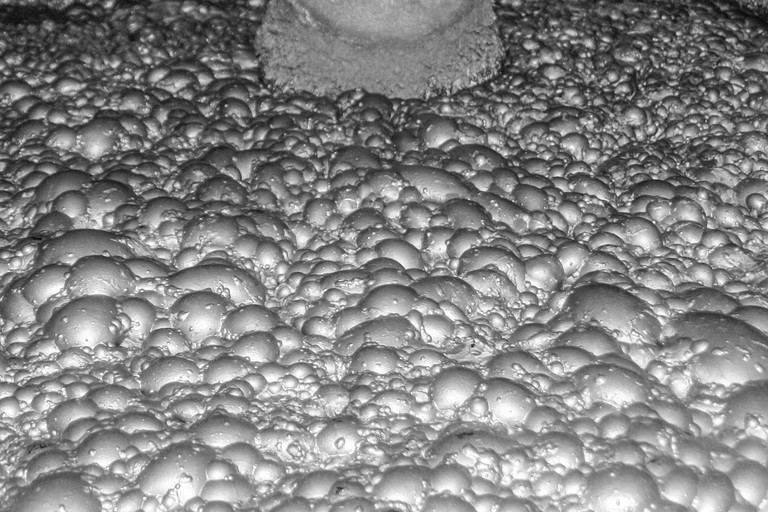Processing
Minerals processing was one of the first fields to apply automated materials characterization. This is because – compared to simple chemical assays (e.g. XRF) or quantitative X-ray diffraction – MLA or QEMSCAN analyses provide additional information relevant for processing. This includes information on metal deportment, mineral lockings and mineral associations, as well as physical material properties such as the distributions of particle sizes and densities, as well as mineral grain sizes.
The method also allows for an assessment of mineral liberation as well as theoretical mineral recoveries. Mineral liberation data can be grouped either by particle composition or by free mineral surface area. Knowledge of these parameters can then be used to assess the efficiency of a separation process and uncover key deficiencies. Automated materials characterization thus generates critical information for the assessment of plant performance.
Every step in a process is amenable to analysis and systematic monitoring via automated materials characterization. Feed, middlings and concentrates can all be analyzed in detail, providing a better understanding of the beneficiation process. The knowledge gained in this way can then be used for cost-efficient process optimization.



